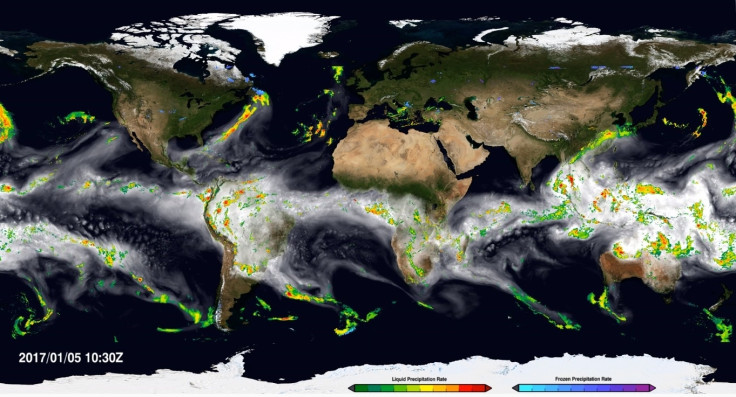Nasa has mapped reach and impact of 'atmospheric rivers' for the first time ever
Atmospheric rivers contribute to over 22% of all the fresh water that flows on land.

Nasa, along with a number of research partners, have – for the first time ever – estimated the global effect of "atmospheric rivers" on floods, rains and droughts. The study also included the number of people around the world who are affected by this.
Atmospheric rivers are explained by Nasa as long, narrow, snake-like jets of air that can carry moisture in the form of water vapour across massive distances. They are known to cover "significant portions" of the planet's oceans, making their way into land masses, and even into polar regions. Much like tropical cyclone storms, atmospheric rivers are a result of extreme weather conditions, noted the Nasa report.
According to the report, atmospheric rivers were previously believed to have an effect on precipitation and eventually, rain and flooding. The latest study, however, for the first time, tries to determine to what extent these rivers affect global hydrology – the effect of these rivers on climate patterns.
Atmospheric rivers, noted the study, adversely affects at least 300 million people each year. This, they estimated is a result of rivers influencing flooding in some regions, but causing droughts in others. The study also mentioned that the number estimated is a conservative one.
"By incorporating demographic data into our study, we have found that, globally, a large number of people are exposed to hazards that stem from atmospheric rivers," said study lead author Homero Paltan. "They have a considerable impact that we're only beginning to understand and measure."
Precipitation as a result of atmospheric rivers, it has been found, accounts for 22% of all the fresh water that flows on the Earth's land masses. In regions like the east and west coast of North America, New Zealand and south-east Asia, 50% of the fresh water that flows on land is attributed to atmospheric rivers.
"This new work quantifies the potential impacts of atmospheric rivers on important freshwater quantities, such as snowpack, soil moisture, and the occurrence of droughts and floods across the globe," said study co-author Duane Waliser, chief scientist of the Earth Science and Technology Directorate at Nasa's Jet Propulsion Laboratory.
"The findings provide added impetus for considering improvements to our observing and modelling systems that are used for forecasting atmospheric rivers."






















